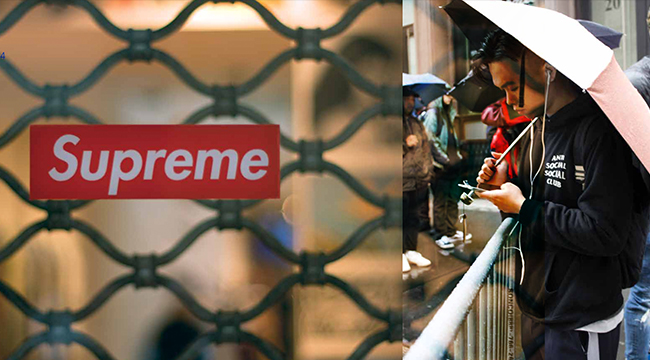
Last spring, Byron Hawes, a New York-based writer and designer who serves as the contributing editor for Hypebeast, launched a fashion and photography book called Drop. The title alludes to “drop days” — when streetwear brands introduce new collections. These drops are like Christmas for fashion aficionados. Some even travel internationally to line up in person, dressed in their best kicks and rarest gear. Items are often resold at astronomical prices, some even going for tens of thousands of dollars (like those featured in the recent Supreme auction at French auction house Artcurial).
While compiling his book, Hawes collected photos from rare product launches from across the globe, including events in New York, Los Angeles, London, Paris, Seoul, Beijing, and Tokyo, from brands including Supreme, A Bathing Ape, Patta, Yeezy, Anti Social Social Club, Vetements, and Off-White. When we decided to dig into the culture and communities behind “drop days” we knew he’d be the perfect person to talk to. We spoke on the phone and the author didn’t dissapoint — offering an insider’s perspective to a truly fascinating subculture.
…
So, tell me a bit about Drop — or what you feel about it.
The premise of the book is a sort of photographic exploration of streetwear culture, like line-up culture. Over the last 5-10 years, we would go up to the Palace (New York) or wherever Supreme would drop and kids would literally be there all night. It’s like a new Star Wars movie or something. There’s an aspect in it that I found really interesting, in that there’s a sort of sense of community or camaraderie. It’s the same people every single time. Every single person knows every other person. There’s also an aspect where it functions almost like a music festival and maybe like a fashion show, the way high fashion people do things during fashion week.
You can see where street culture doesn’t typically have that kind of thing, but these kids will pay for rarest, rarest clothes.
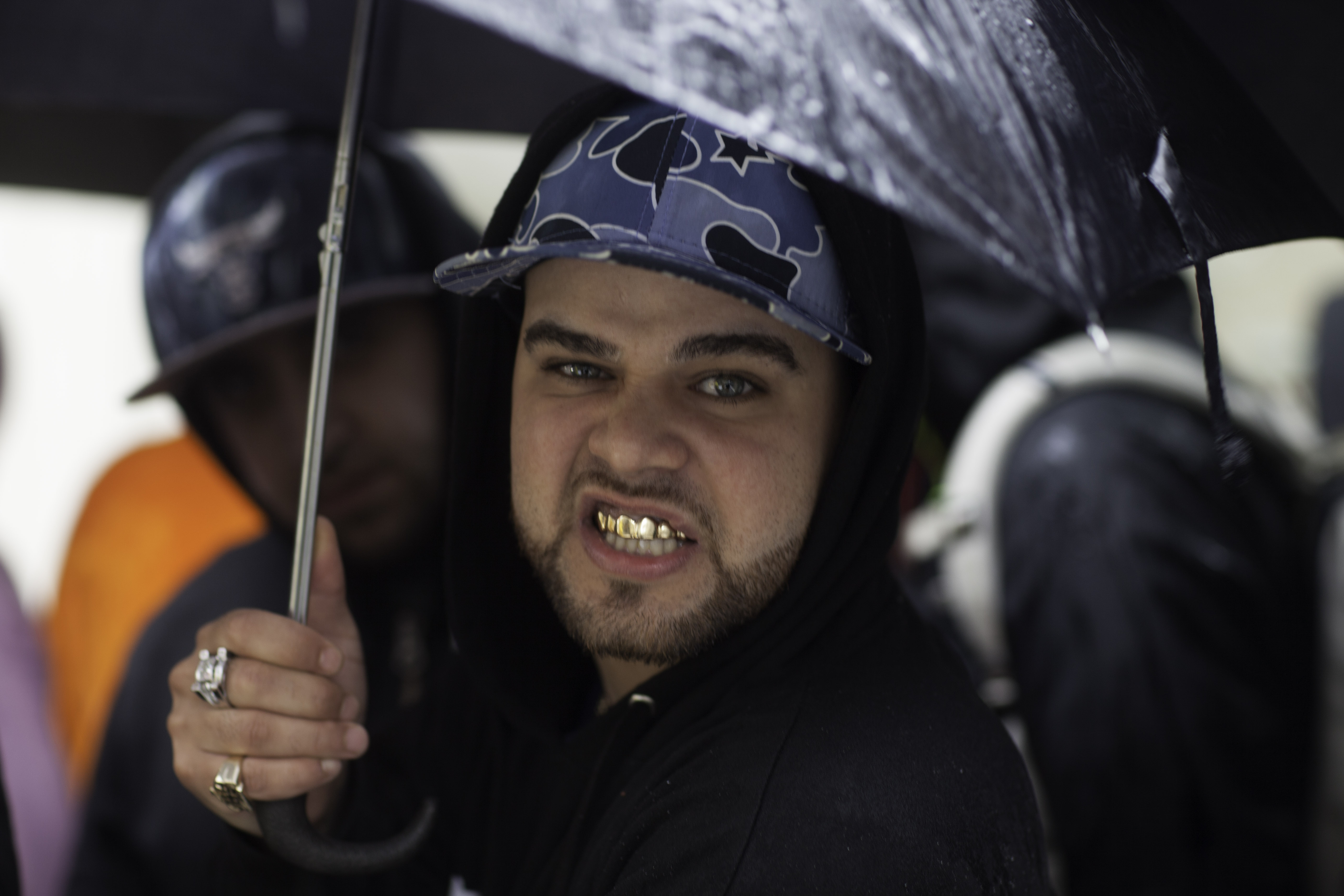
Did you grow up admiring the culture, or it’s just something, like you said, you just noticed walking around?
Oh, no, I used to be a contributing editor for HighSnobiety, I’ve been writing for Hypebeast on and off for, I don’t know, like eight years, 10 years, something like that. I wrote for Sneaker Freaker way back in the day…I’ve been in the industry game for a long time.
I used to do projects with Nike. We worked on the 25th anniversary of Air Force One in China, maybe 10 years ago. It’s been a long time. I’ve been collecting this stuff for years and years.
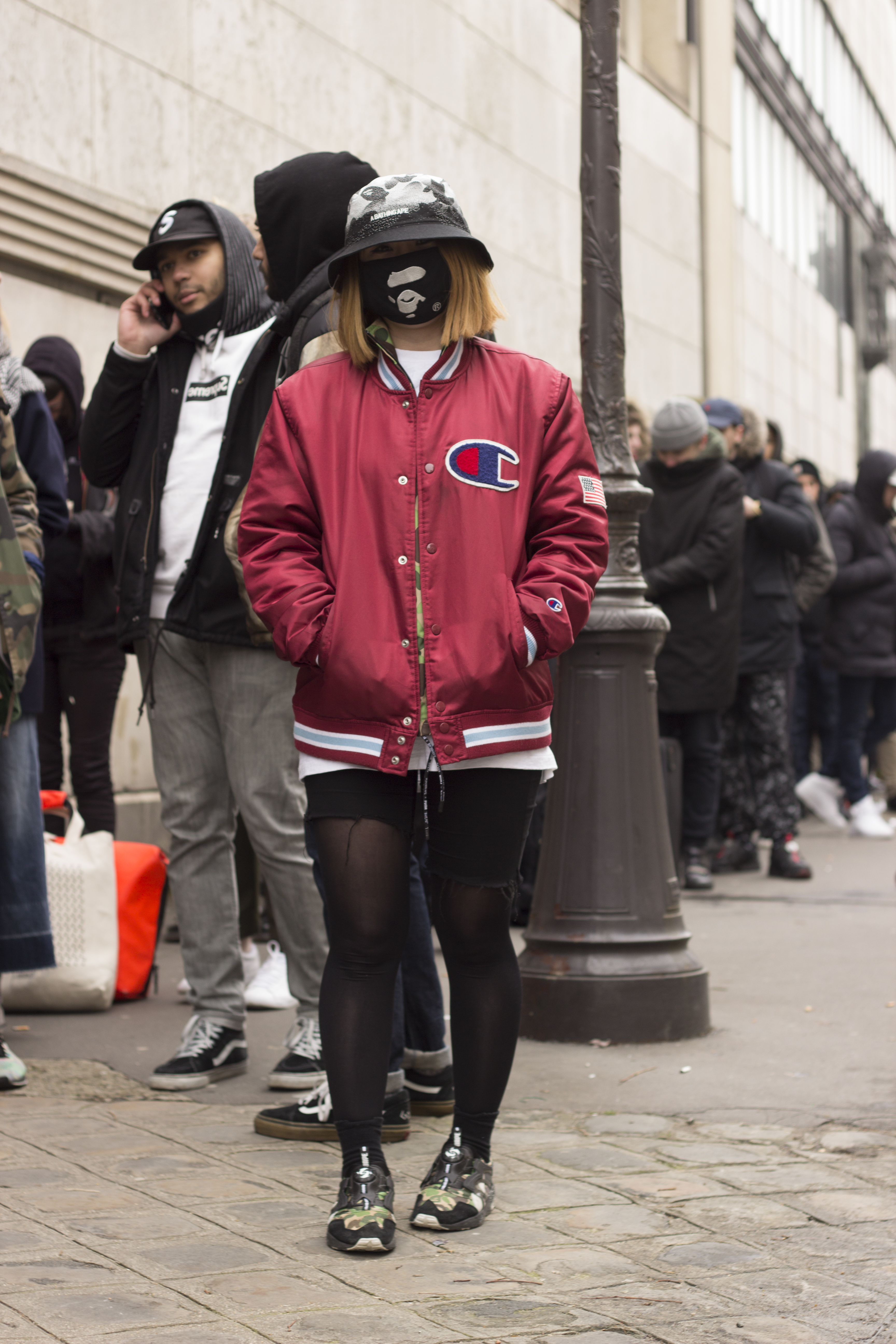
Okay, so what do you think about the fanatically-driven brands, like Supreme? Why do you think they have such an appeal to people?
I don’t know, it’s funny. It’s hard to kind of lump them all together. Supreme is a thing all on its own.
I genuinely believe in the next few years, Harvard will be teaching a marketing course on the technique Supreme uses. I don’t think any fashion or lifestyle company has ever done so well at controlling their hype and keeping it going. It’s been 25 years. For a lower Manhattan skatewear brand to still be the biggest thing is pretty extraordinary. Most people don’t get that kind of leeway. So I’m quite surprised.
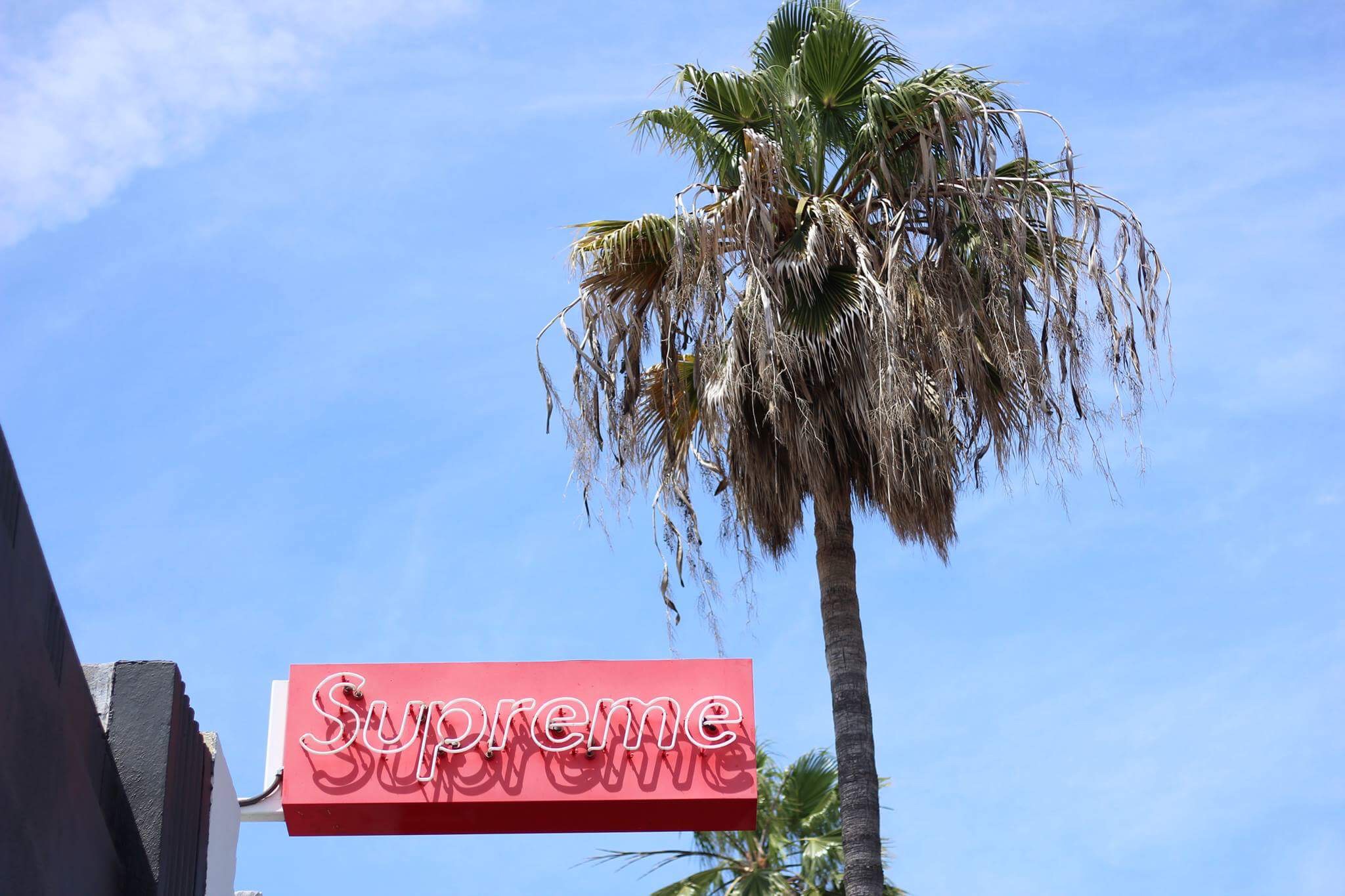
Right, and from you talking about how it builds a sense of community, do you feel like this is a healthy thing for people to indulge in?
I know it gets a lot of criticism, like people say, “You got this shirt or you got these pants and you can’t pay your bills,” you know, whatever…but you feel like this is a healthy thing that kind of fosters a sense of community for different people wearing these brands?
I mean, the funny thing is, you take Supreme or Palace. The actual clothes themselves are not at all expensive. Supreme stuff’s really cheap. Almost as cheap as the Gap. A t-shirt is $40. For a “fashion brand,” it’s cheap. A lot of the people are young. I think the criticism that’s been relayed, lately, is that there’s been a lot of reselling.
What Supreme will typically do, and I think most of these brands do, is they’ll make something one time and then that’s it, so if you don’t buy it that Thursday, it’s gone.
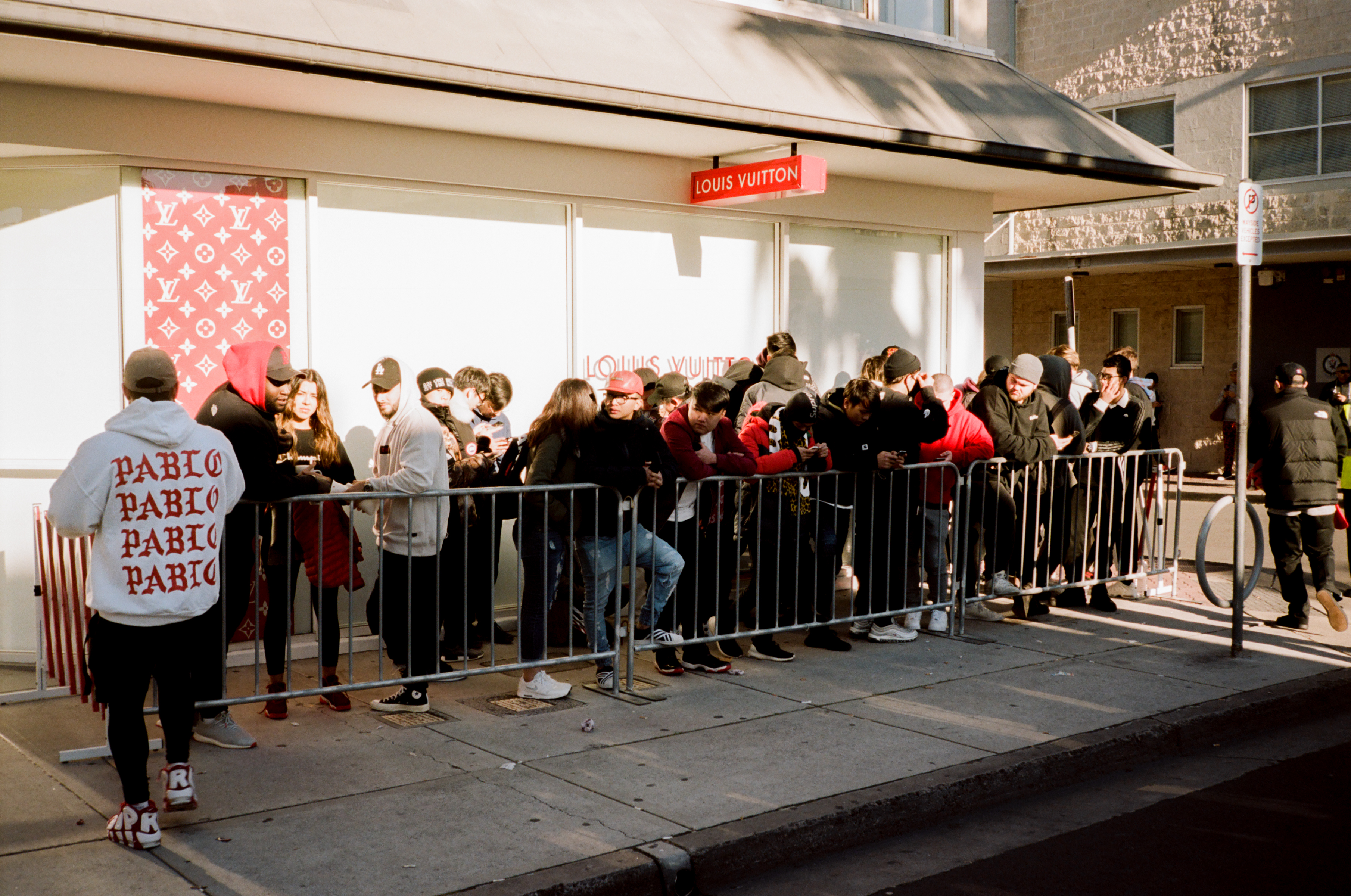
Okay, so then do you frown upon what’s happening, like with Virgil Abloh — where someone kind of merges into the high fashion lane and mixes it with streetwear? Does that kind of make it inaccessible to the kids who would normally wear it?
I don’t know. I think what Virgil is doing is great. I’ve been surprised that some streetwear brands can stand such incredible price points. There are small brands that almost nobody’s heard of, half of them you’ll see in Paris. They’re selling at the same price as Louis Vuitton or Dior. Some of them use material that sells, they’re not high quality, but a lot don’t.
You’ve seen kind of a merging and a decompartmentalization of high and low fashion for years and years. This is nothing new. Virgil is just the one everyone is focused on right now because he just did that big show.
If in 100 years, any of these brands were still in existence and still flourishing, what would you think would be maybe the top two?
Interesting question. I mean, I think one of the nice things about streetwear — before I get into that — is that in high fashion, most people aren’t starting their own brand. Whereas the streetwear brand is actually sort of building a legacy from their own. I’d be interested to see where Off-White goes. I feel like it’s going to be one of those high fashion brands. I feel like they’ll eventually have a new designer and then another one, and it will stick around for a long time. Probably sooner or later, end up being purchased by LVMH or Kering or one of those giant multi-billion dollar groups.
Supreme… it’s hard to know what’s going to happen with them because they just sold about half the company to this giant investor for, like, half a billion dollars. So, they’re going to have to change their marketing. You can’t have a billion-dollar marketing cap and only have eleven shelves.
I would imagine it’ll get a lot bigger.
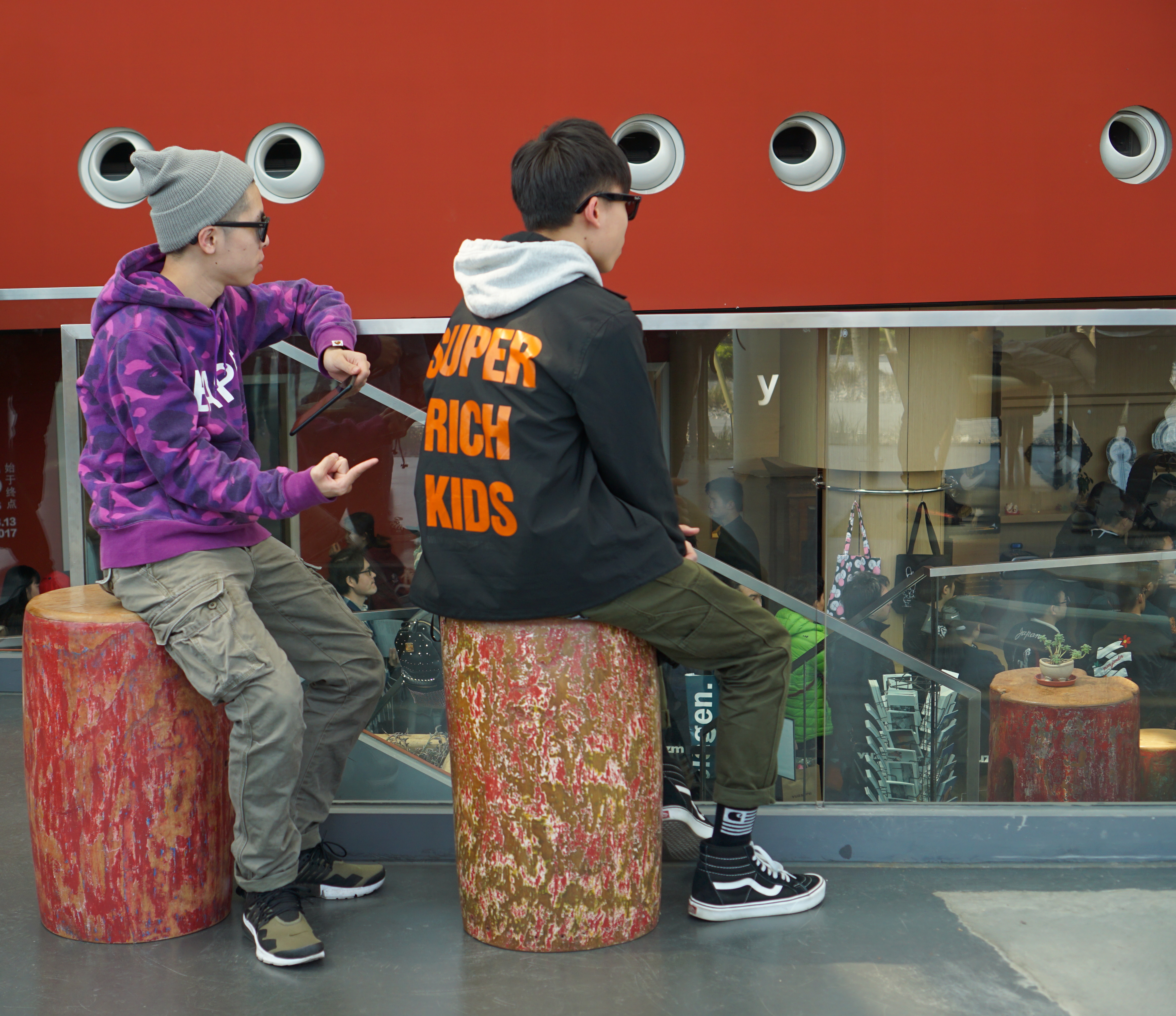
So when you were out taking pictures of these drops, did you find any especially interesting stories?
Yeah, there were tons. It was really fascinating. I took some photos, but there are about 10 or 11 photographers from Hypebeast, HighSnobiety, and Vanity Fair that we used, too. We shot photos from Sydney, Seoul, Shanghai, Hong Kong, London, Paris, LA, New York, Miami. It’s pretty international, but there were lots of people we talked to that had lots of interesting stories, especially people who were wearing things that were a little older.
Oftentimes they’d want to talk about the way that game used to be. Now if you go on Grailed, or go on eBay, you can buy anything as long — as you have enough money to buy six or seven times the retail value. Ten years ago, there was no such thing as that. So if you wanted a specific pair of shoes, you had to know about it. We used to convince our older brothers and friends’ older brothers to drive up to different cities just to try to wait in line for a specific pair of shoes.
Those stories people like to still tell: “I stood in line all night for this,” “I drove up to 126th street, and there were 100 people there,” and “I bought them eleven years ago, and had them ever since.” That feeling of a purity and the culture the way it used to be is something I think people focused on a lot.
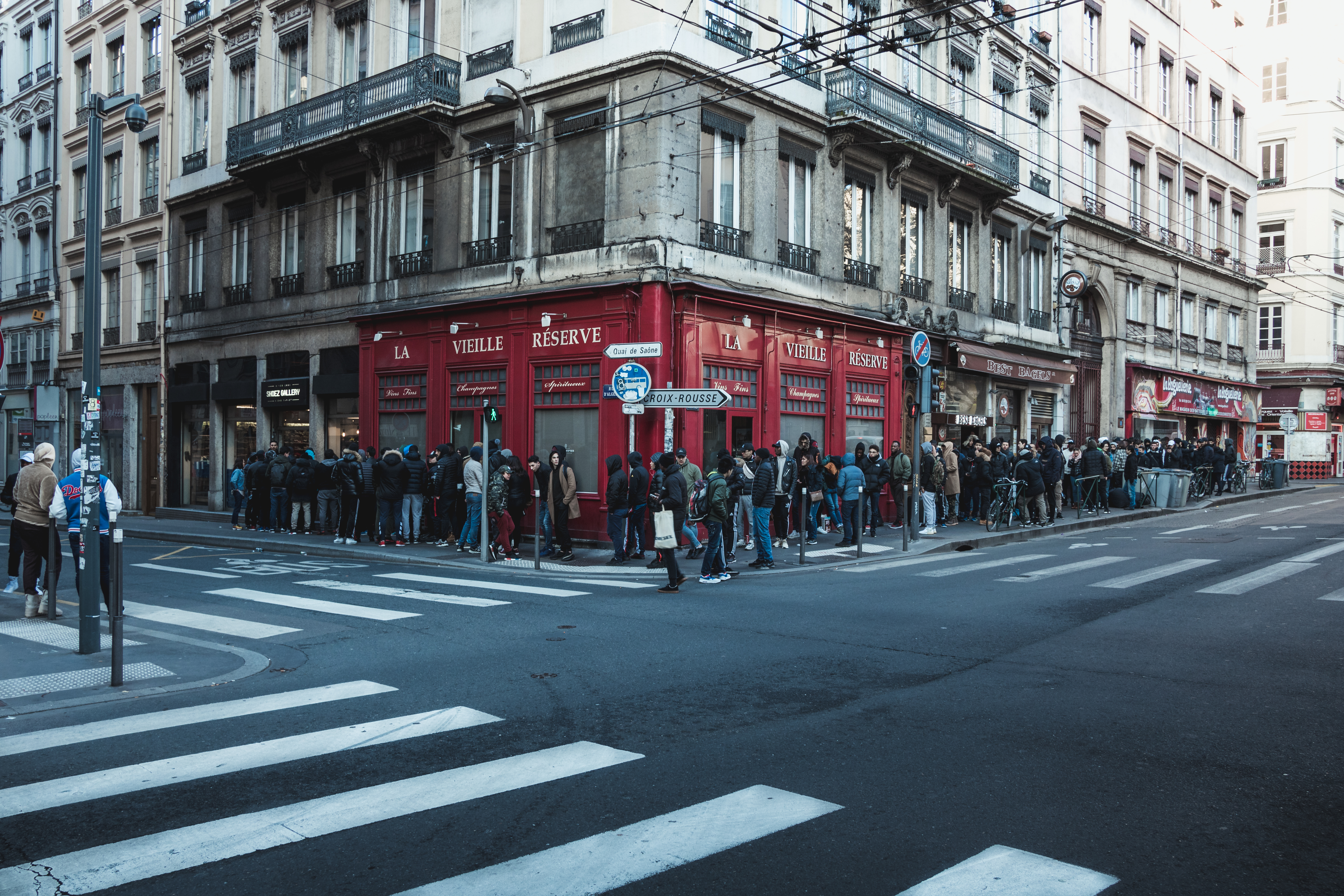
Okay. Say I’ve never been interested in streetwear and I read your book or see some of your photos. What is one of the things that you would want me to get from the photos taken in your book?
There are a couple of things that we tried to focus on. I really wanted to focus on the fact that there is a community, and also the fact that it’s incredibly international. When you look at it, when you just look through, unless you’re really into the culture, you probably won’t necessarily be able to identify where the places are, and then at the end, it lists literally the dates and locations of every single shot.
There’ll be people or somebody who think, “Oh, that’s New York,” but actually it’s Paris or London. You get a sense that the community is completely global, it’s not intellect or learned.
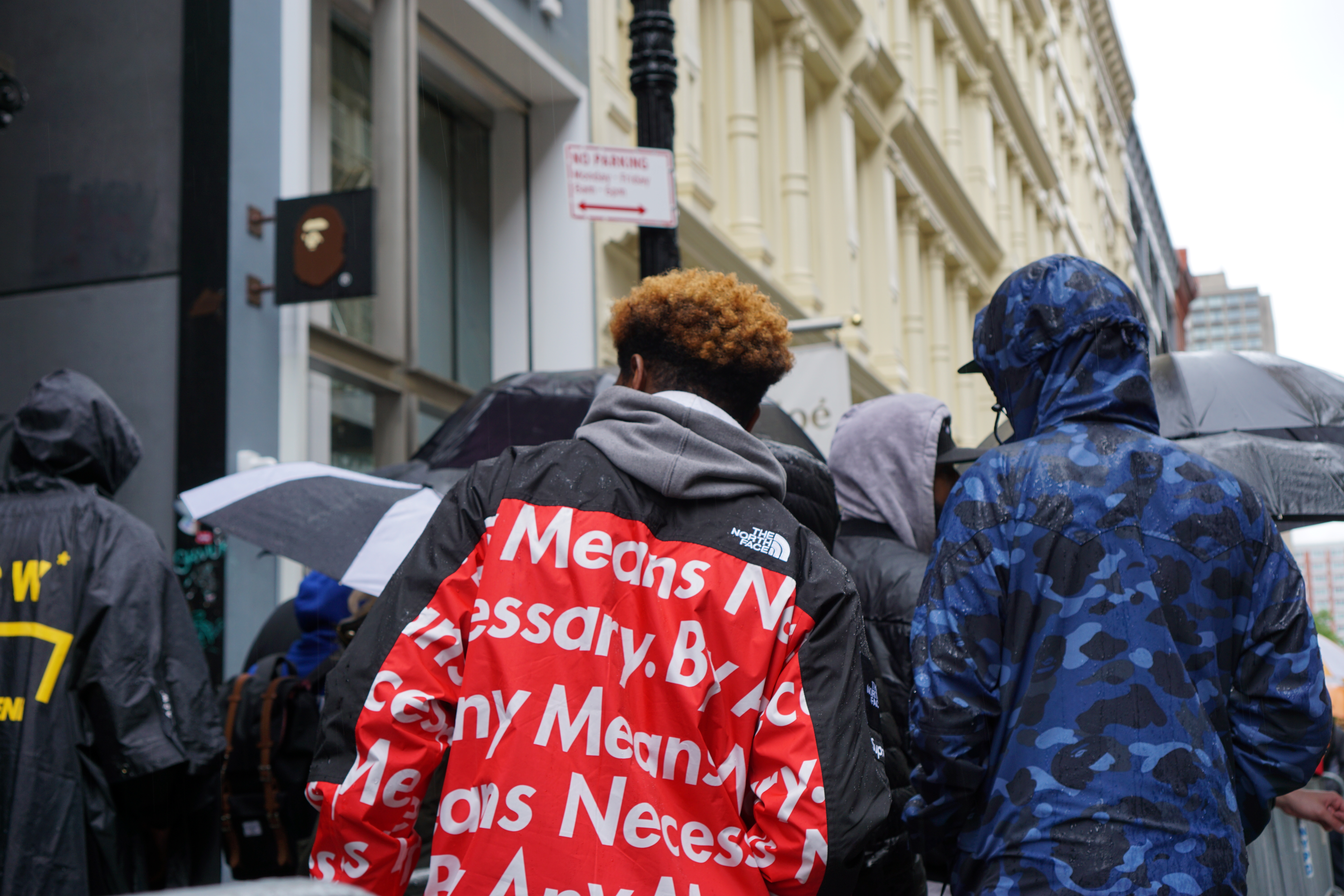
What’s your favorite artist/brand collaboration?
Artist/brand collaboration? That’s interesting. I thought it was really interesting when Kanye did that series with Louis Vuitton way back. I’m sometimes surprised at just how influential he continues to be in this scene. That was kind of a bit of a tipping point of a change in the culture when he did these like super luxe, super expensive, really, really limited edition shoes that people didn’t expect at all.
One of them was an off-gray with brown suede and there were these really chunky tasseled high tops. I think that kind of gave license to a bunch of designers to think “Okay we can make whatever we want to.”
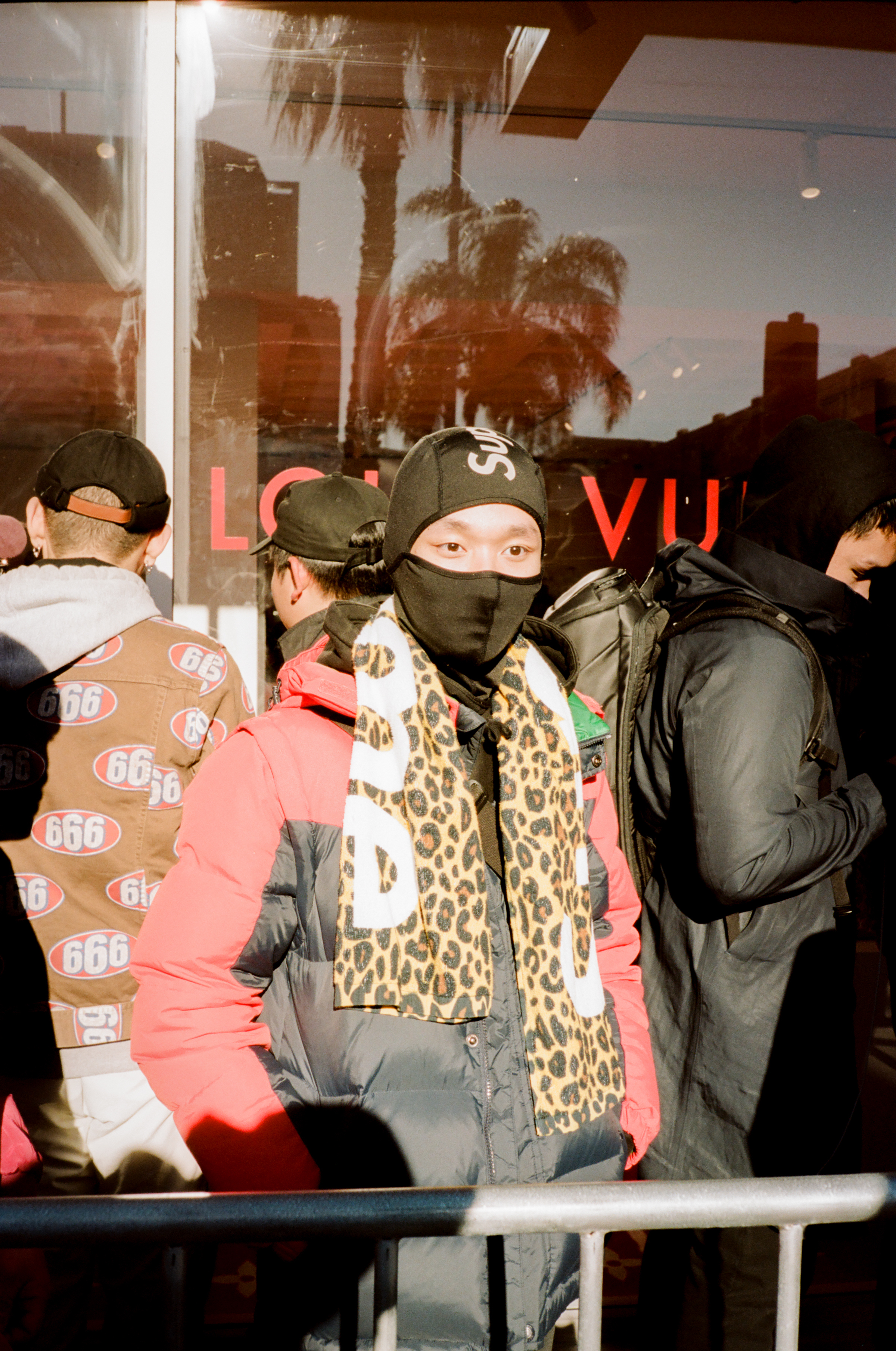
What would be your advice to someone who wants to start collecting, or just change up their wardrobe? What’s the…gateway drug to streetwear?
I think once you start getting into the culture of Supreme that really takes off for people. I think for people who are just kind of getting into it, you have to look at it the same way that you would with art collecting. It’s not about what people are talking about on their comment boards, but about something you want to live with, something you actually want to wear.
Drop is available for purchase through many outlets including Amazon, Target, Urban Outfitters, and many more online and brick and mortar stores.
